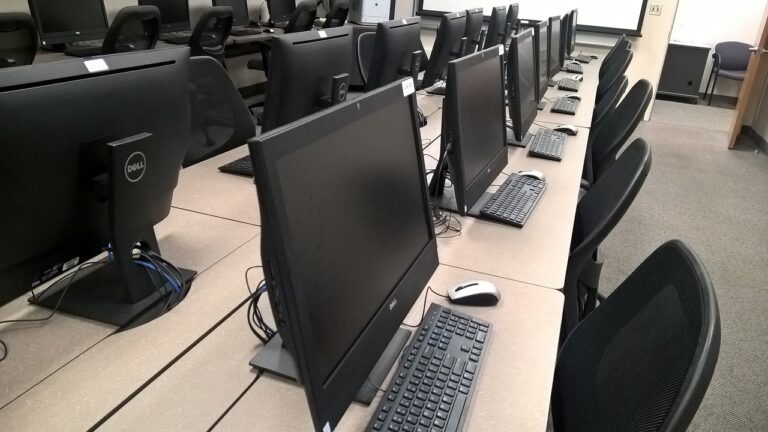The Future of Higher Education: Trends and Predictions
In recent years, one of the key drivers reshaping higher education has been the increasing demand for specialized skills and knowledge in the workforce. As industries evolve and become more complex, there is a growing need for graduates who possess the expertise required to navigate these changing landscapes. Universities are under pressure to adapt their curricula to ensure that students are equipped with the relevant tools and abilities to succeed in the professional world.
Another significant driver of change in higher education is the shift towards a more globalized economy. With advancements in technology and communication, the world has become increasingly interconnected, leading to a greater emphasis on international collaboration and understanding. As a result, universities are expanding their efforts to offer more diverse and inclusive programs that prepare students to thrive in a global environment. The push for global competency is influencing everything from language offerings to study abroad opportunities, reflecting the need for graduates who can effectively engage with diverse cultures and perspectives.
Impact of Technology on the Higher Education Landscape
Technology has fundamentally transformed the higher education landscape in recent years. Institutions are increasingly adopting online platforms for course delivery, allowing students to access learning materials at their own convenience. This shift towards digital learning has significantly expanded educational opportunities, enabling more people to pursue higher education regardless of their location or other constraints.
Additionally, technological advancements have revolutionized teaching methods, with virtual reality, artificial intelligence, and other tools enhancing classroom experiences. These innovations offer interactive and immersive learning experiences, making education more engaging and effective. As technology continues to evolve, it will likely have a profound impact on how higher education is delivered and experienced in the future.
What are some key drivers of change in higher education?
Some key drivers of change in higher education include advancements in technology, changes in student demographics, evolving job market demands, and the increasing importance of lifelong learning.
How has technology impacted the higher education landscape?
Technology has transformed the higher education landscape by providing online learning opportunities, improving access to educational resources, enhancing collaboration among students and faculty, and enabling personalized learning experiences.
What are some examples of technology being used in higher education?
Some examples of technology being used in higher education include learning management systems, online course platforms, virtual reality simulations, artificial intelligence tools, and data analytics for student success initiatives.
How can technology help improve student outcomes in higher education?
Technology can help improve student outcomes in higher education by providing personalized learning experiences, increasing engagement and motivation, facilitating communication and collaboration, and enabling data-driven decision-making for student support services.
What challenges may arise from the integration of technology in higher education?
Some challenges that may arise from the integration of technology in higher education include digital inequality among students, concerns about data privacy and security, the need for faculty training and support, and the potential for technology to replace traditional teaching methods.





